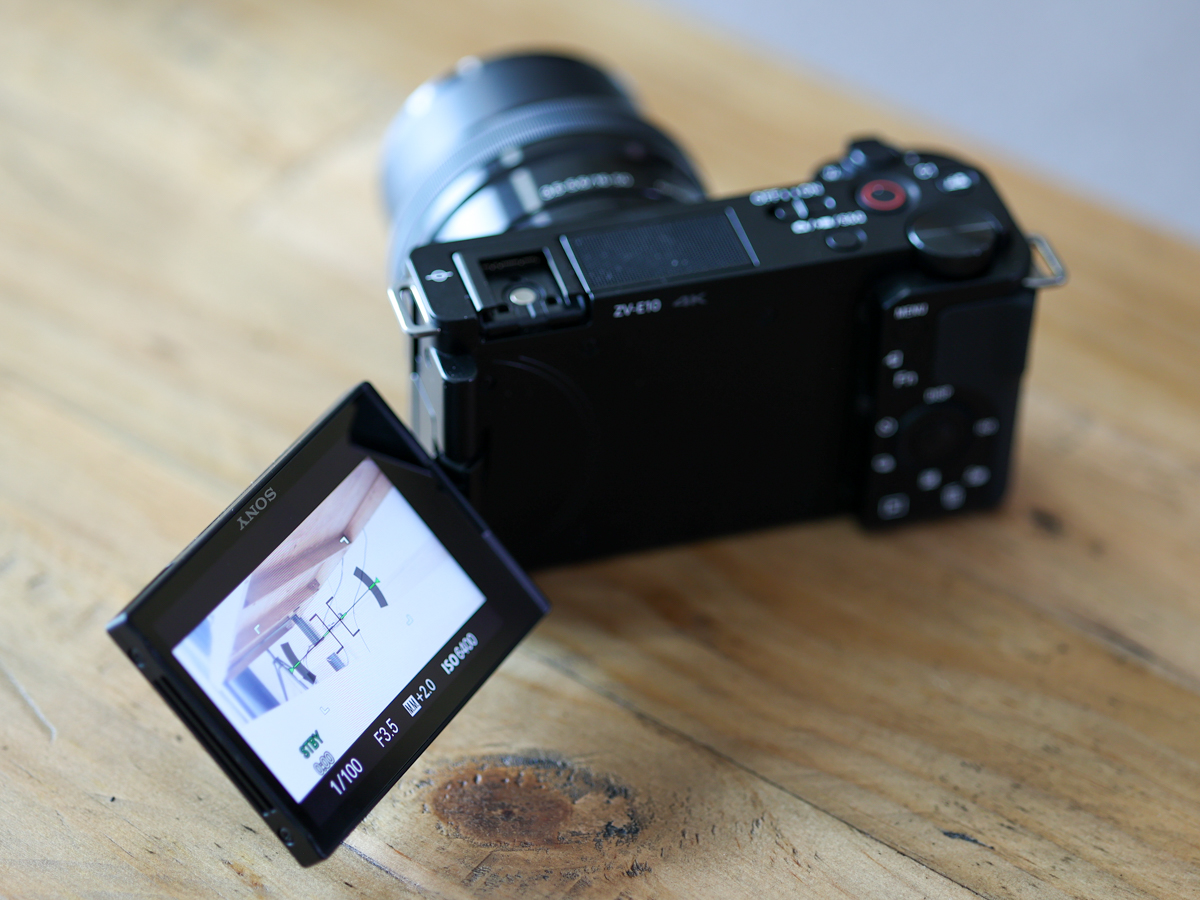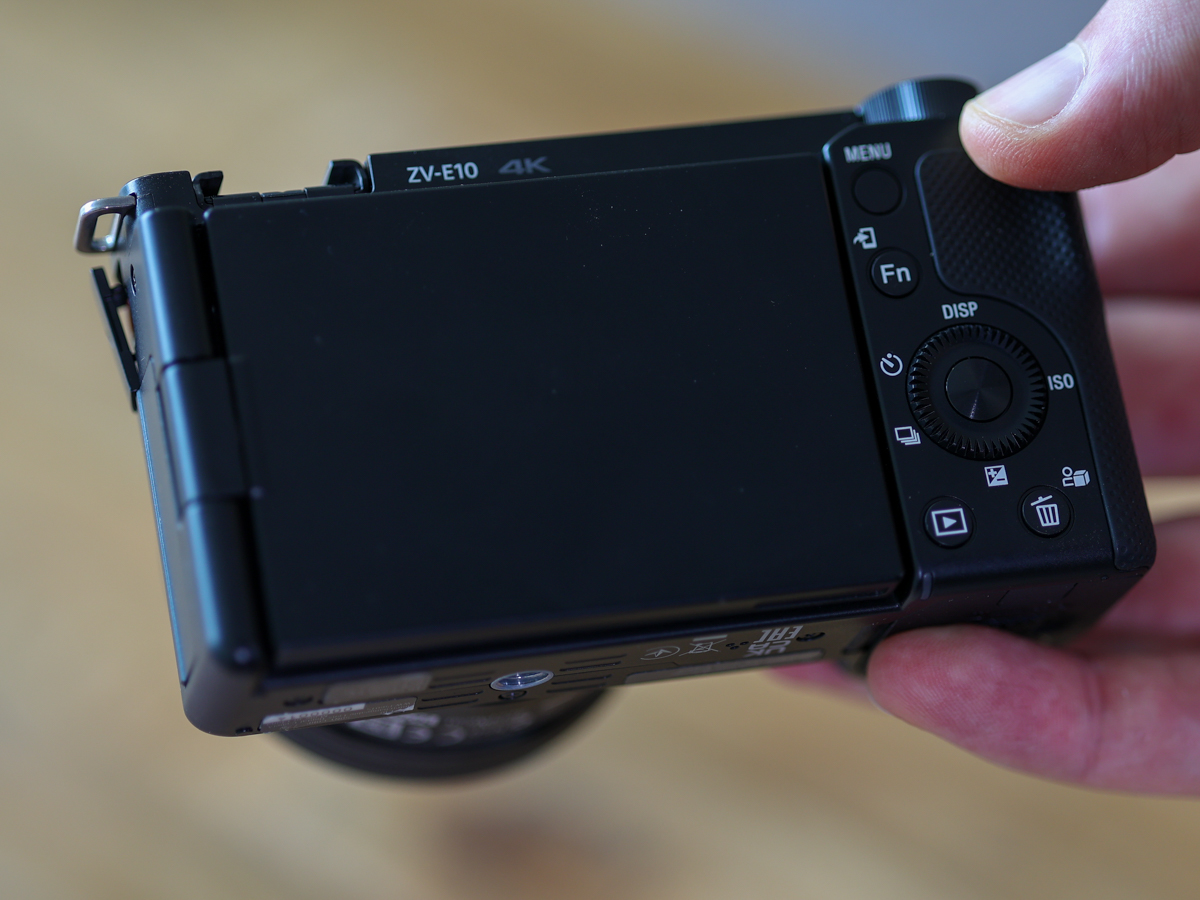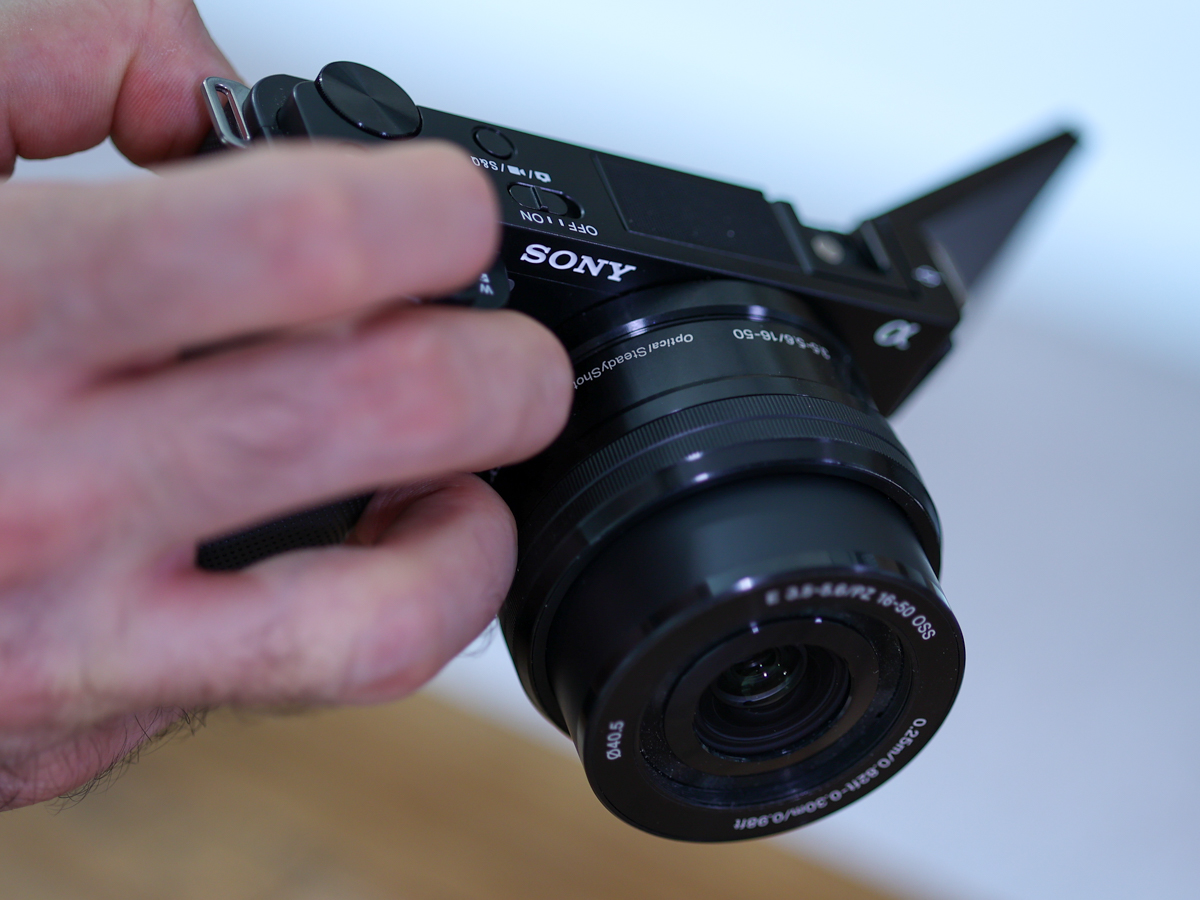Sony ZV-E10 review
Mirrorless vlogging from Sony – finally!
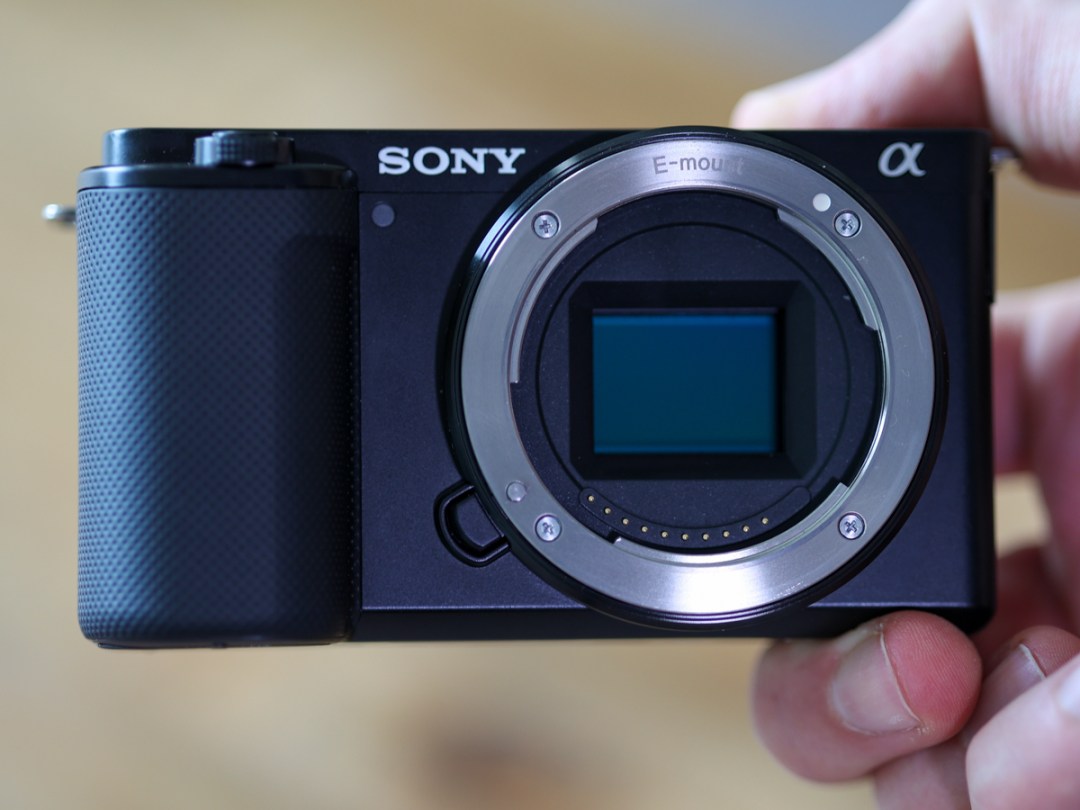
You need a few key features for vlogging: a flip-out screen, headphone and microphone ports, fast autofocus and 4K capture. Which camera offers all of the above? The Sony ZV-E10.
What’s more, they’re all good. Heck, this camera’s even got half-decent microphones – something you seldom see on sub-£1,000 mirrorless models. And it also happens to be the most compact interchangeable lens APS-C camera you can buy from the Sony camp.
Unsurprisingly, Sony sacrifices an electronic viewfinder and a flash to help keep the ZV-E10’s size down. Far from a one-trick video pony though, the ZV-E10 packs the same innards as the A6400. Add all that up and Sony’s new vlogger looks like a capable camera which can handle hybrid shooting straight out of the gate.
Design and build: articulated assembly
If you love the fact that mirrorless cameras are shrinking next to DSLRs, vlogging cameras take things even further. They can nix the viewfinder and flash, resulting in bodies even closer to the size of their compact siblings, such as the wonderful Sony ZV-1. In fact, the ZV-1 can be credited as foreshadowing much of what makes up the ZV-E10’s design.
On top is a three-capsule microphone, identical to the one on the ZV-1. Alongside it is a multimedia shoe mount (Sony’s take on a hot shoe), which supports digital audio solutions as well as traditional flashguns. In addition to a shutter release and zoom toggle, the ZV-E10 also benefits from a big, dedicated record button – so whatever mode you’re in, it’s as easy to start shooting footage as it is to snap a shot.
Around the back of the ZV-E10 is a fully articulating screen – a fantastic addition that’s seldom seen on Sony mirrorless cameras. It’s the best solution for selfie vloggers when compared to the tilting screens of Sony’s mirrorless photo-focused alternatives like the A6100 and A1.
While we’re delighted that Sony is wising up to the video wishes of vloggers and hybrid shooters who appreciate a fully articulating screen, we do wish the touchscreen actually sported touch menus. Instead, you’ll have to fumble through antiquated button navigation, which makes zero sense in 2021.
Thankfully, the ZV-E10 has plenty of other things going for it, not least of all its ports. On the left side you’ll find micro-HDMI, USB-C and headphone ports under one door. Above, you’ll find a microphone input. As for the battery door, it houses both the battery and a single SD card slot, while the lens fitting is a standard E-mount.
Niggles? There’s no weather sealing, but we wouldn’t expect there to be at the ZV-E10’s price. More annoying is how the headphone port placement can get in the way of the flip-out screen, which makes for clumsy handling.
Minor gripes aside, the ZV-E10 is a well-assembled metal-bodied camera that’s nice and compact, handles well for video and benefits from one of the best flip-out screens we’ve seen on a sub-£1,000 mirrorless Sony camera.
Features and performance: footage first
The ZV-E10 packs a large APS-C sensor with a 24.2MP resolution. It can shoot 1080p video at up to 120fps, though its 4K frame rate only climbs to 30fps. It would have been dreamy to see 60fps 4K capture, to match the Panasonic Lumix GH9 – but you won’t find the feature on any other APS-C camera at the ZV-E10’s price. So we can’t be too mad.
One thing it does feature is Sony’s Slow and Quick mode, allowing you to shoot time-lapse (as slow as 1fps) and slow-motion (as fast as 120fps) videos in-camera, with previews reflecting the slowed-down or sped-up final result.
The camera benefits from 425 phase-detection focus points, in addition to both animal and human eye tracking, which has even trickled down to Sony’s smartphone line on the Xperia 1 III. Sony sadly hasn’t loaded up the ZV-E10 with in-body image stabilisation, but its electronic steady-shot is on-board, which does a solid job if you can handle its heavy crop factor.
As far as stills go, the camera can shoot full resolution snaps at 11fps, which is excellent for a video-focused option. It also grabs approximately 440 shots in a single charge, with the NP-FW50 battery outperforming much of the competition across photo and video capture.
Also of note is how easy Sony makes live-streaming using the ZV-E10. Plug it into your computer and it will read the camera as a webcam, making for instant plug-and-play Zoom calls with fantastic depth and painfully sharp, pore-tastic detail.
Video and photo quality: 4K jelly
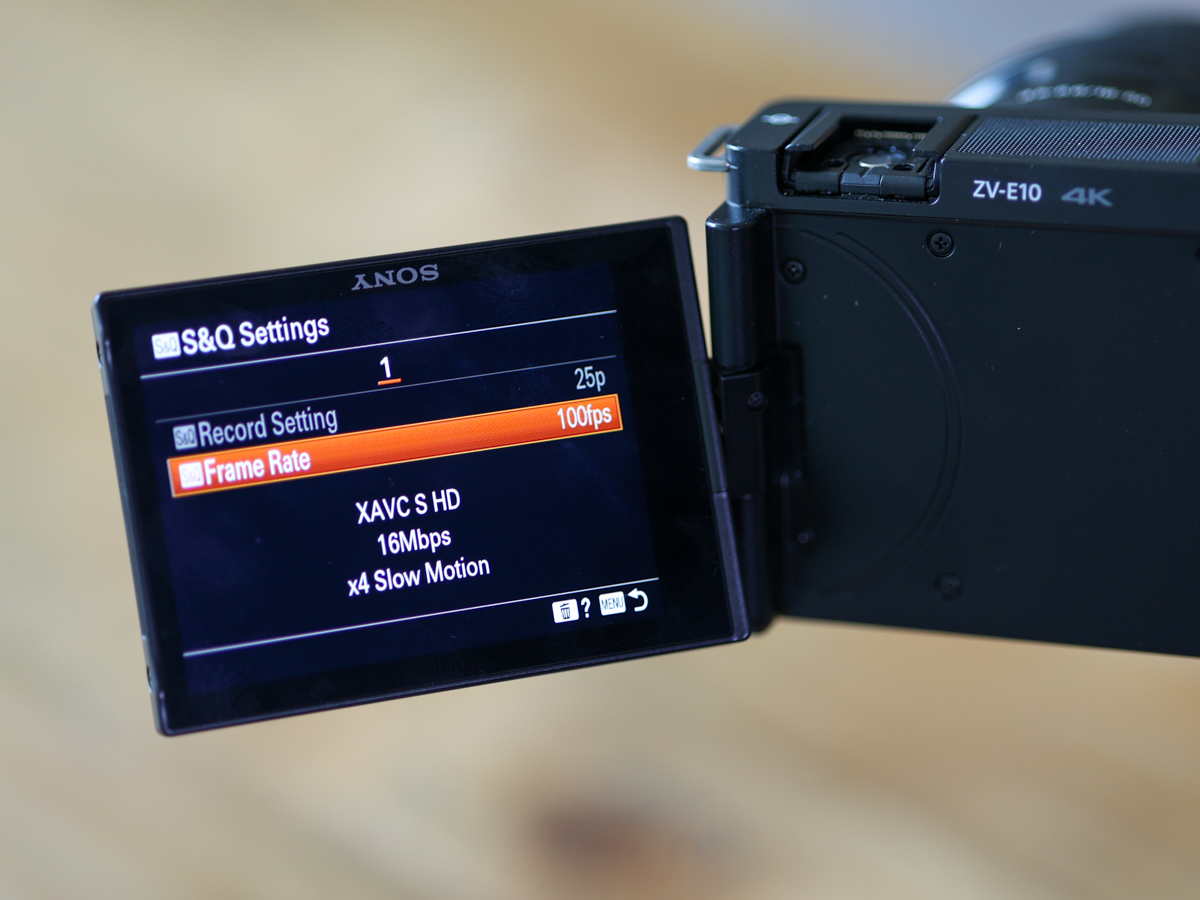
If you haven’t tried video autofocus in a while, the first thing you’ll notice about the ZV-E10 is just how good it’s gotten, especially if you’re tracking anything with an eye. The camera locks onto animals and humans, and generally tracks objects with fierce determination. Matched with a wide open lens, you can enjoy enough depth to make the quality of the tracking pull focus beautifully.
This also works brilliantly with a feature Sony has brought back from the ZV-1: product showcase. It quickly shifts focus between a product brought into frame and a face – perfect for vloggers. So too is the sound quality from the three-capsule microphone, which is easily best-in-class in the Sony camp. External audio options are plentiful as well.
Image quality is also great, across both photos and videos. Sony’s 4K footage doesn’t have the same boosted contrast as found on Canon’s M6, for example, but it’s still plenty sharp – wiping the floor with much of the competition when it comes to clarity. In fact, its more neutral look makes it better for edits. And if you really want to flatten the image further for post-processing, you can switch to S-Log 2 or 3 shooting.
Where the ZV-E10 drops the ball is 4K left and right panning. It suffers from the same rolling shutter as the A6400 and A6100. Those were stills cameras though, so it was more forgivable. For a vlogging camera, it’s a definite negative mark – especially if you’re a run and gun videographer.
Sony ZV-E10 comparisons
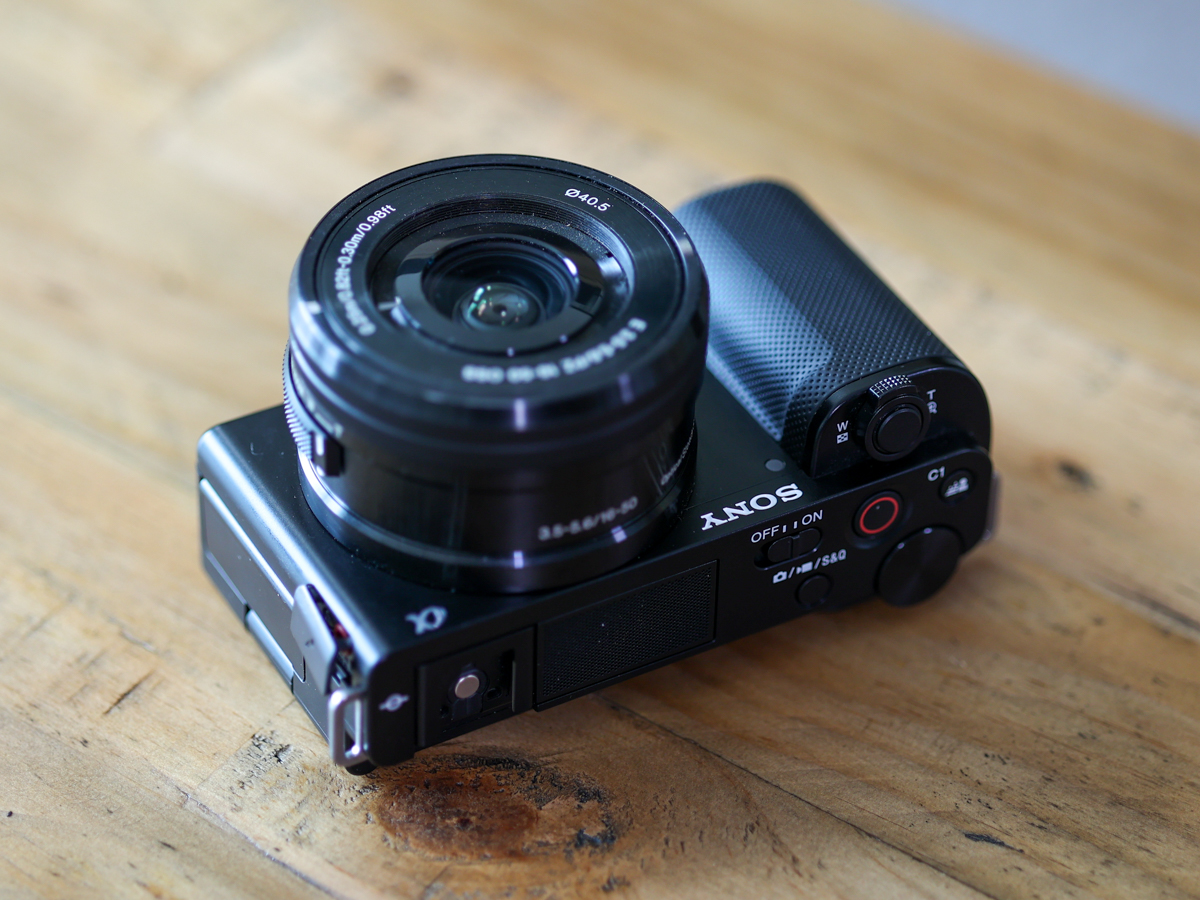
In the ZV-E10, you get the stills performance of the pricier Sony A6100 and A6400, matched with the ergonomics of the excellent ZV1 – except on this camera you can change lenses. A no-brainer if you have Sony glass already, its clarity also totally outperforms Canon’s mirrorless 4K alternatives in the same price range, plus its handling is better tailored for video.
If you’re a video pro, you might be better off opting for a Blackmagic Pocket Cinema Camera, though this will massively sacrifice on autofocus and an articulating screen – even if you do get more shooting options and better rolling shutter management.
Alternatively, a closer competitor would be the Fujifilm XT-200, which delivers excellent quality photos and videos (as well as an electronic viewfinder), but sacrifices on some video features like a headphone jack.
Sony ZV-E10 verdict
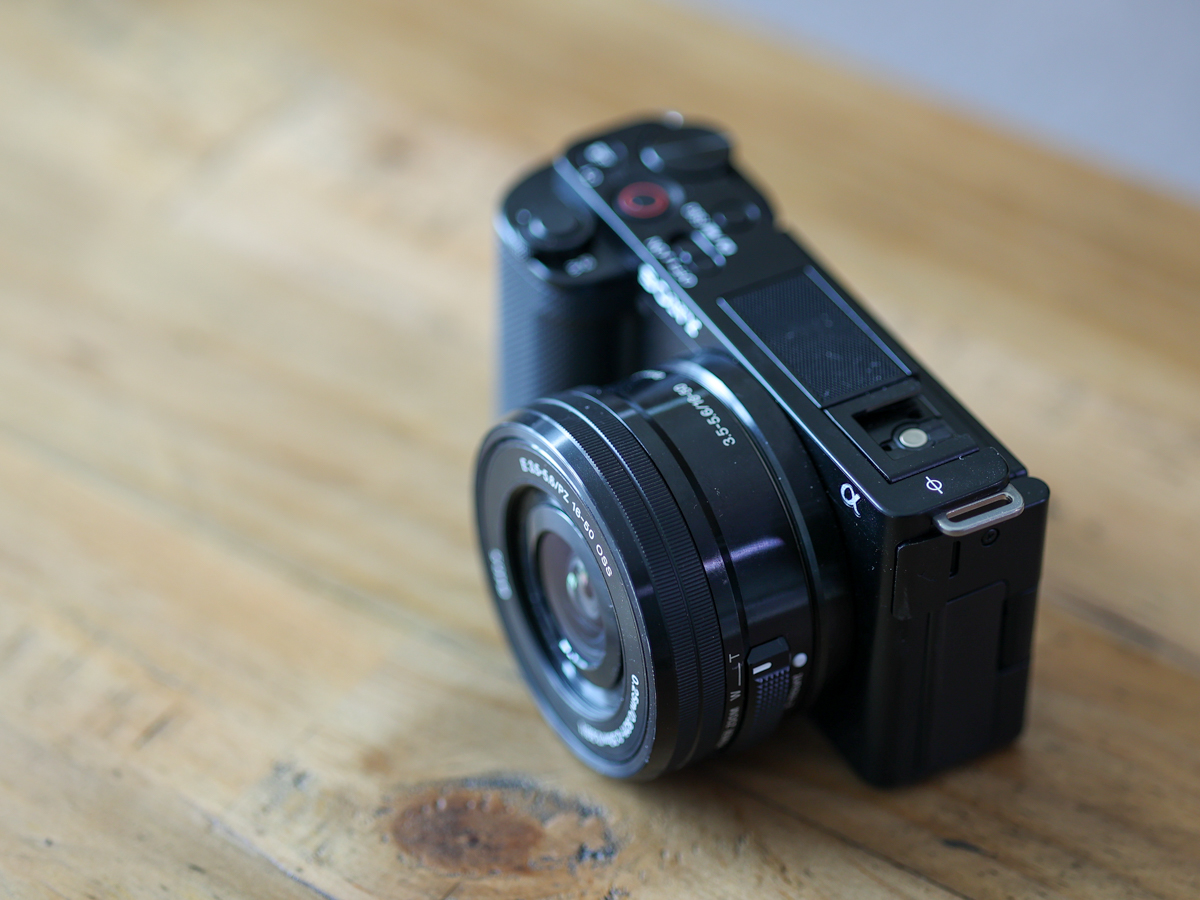
The ZV-E10 definitely isn’t perfect, but you can easily argue away the things it doesn’t nail when you consider its price tag.
If you shoot 4K video and pan a lot, it’s not for you – that jelly effect is just too real. Drop the resolution to 1080p though, or shoot without aggressively panning (or even better, using a fixed tripod) and its value is hard to overstate.
Add to the mix its impressive audio capture options – that three-capsule microphone, plus headphone and microphone ports – not to mention the multimedia shoe mount at the top, and it quickly becomes clear that there’s nothing else quite like the ZV-E10 on the market. As a compact APS-C vlogging option, it’s tough to beat.
Tech specs
| Sensor | 24.2MP CMOS |
| Lens mount | Sony E Mount |
| ISO range | 100-3200 (50-51200 expanded) |
| Continuous shooting speed | Up to 11fps |
| Video recording | 4K up to 30fps, 1080p up to 120fps |
| Screen | 3in TFT touchscreen, 922,000 dots |
| Viewfinder | N/A |
| Connectivity | USB-C, 3.5mm mic in, 3.5mm headphone out, multimedia shoe mount, micro HDMI, Bluetooth, Wi-Fi |
| Dimensions | 115.2×64.2×44.8mm |
| Weight | 299g |
Stuff Says…
A great value mirrorless camera made with vloggers in mind – and a solid stills option, too
Good Stuff
Excellent autofocus
Sharp 4K video
Fantastic audio options
Bad Stuff
Bad 4K rolling shutter
No in-body image stabilisation
No touch display
